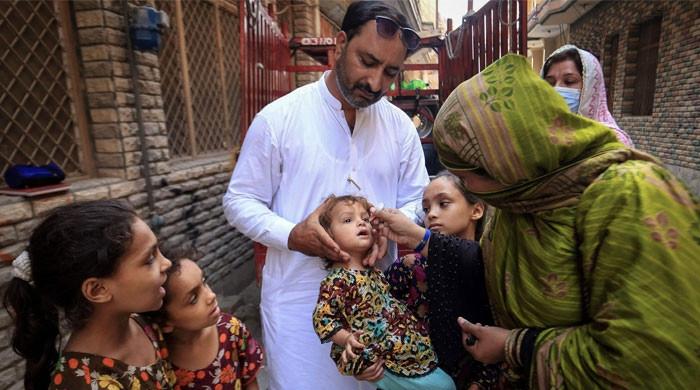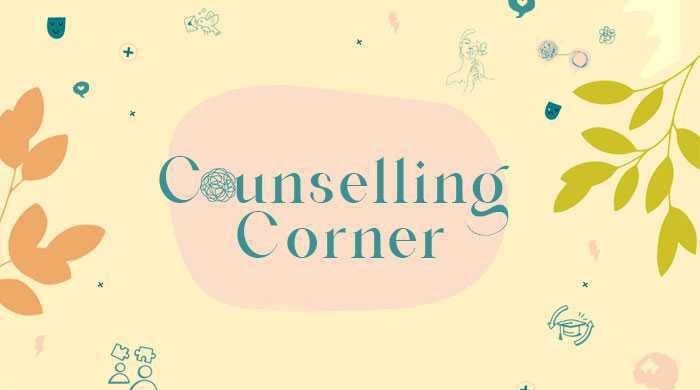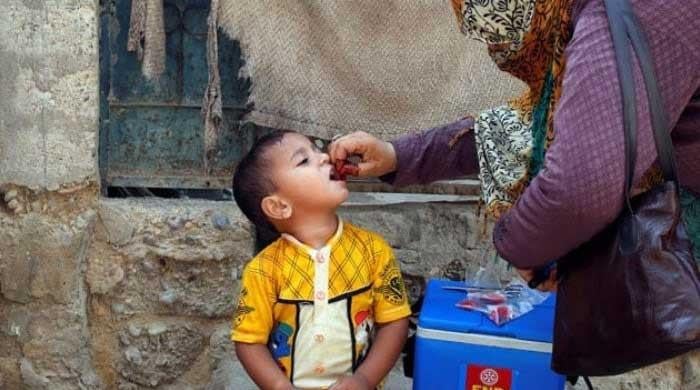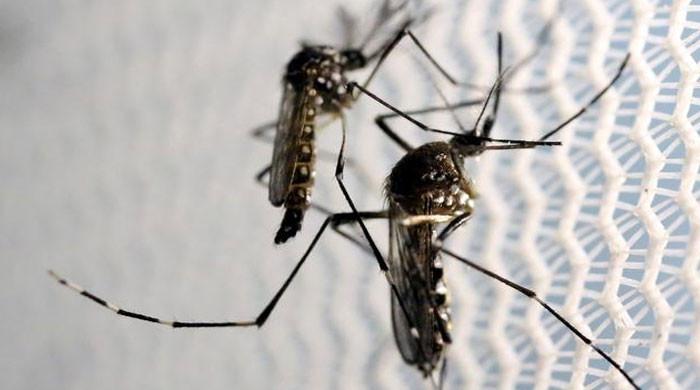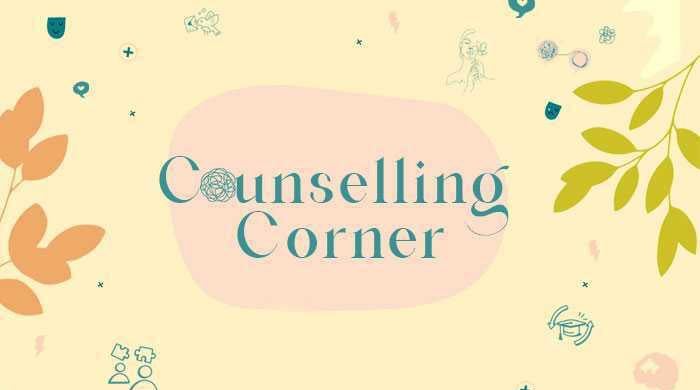‘Night-owl’ preschoolers may have more sleep problems
The new study shows that even by preschool age, children with evening chronotypes may be having sleep problems
December 17, 2016
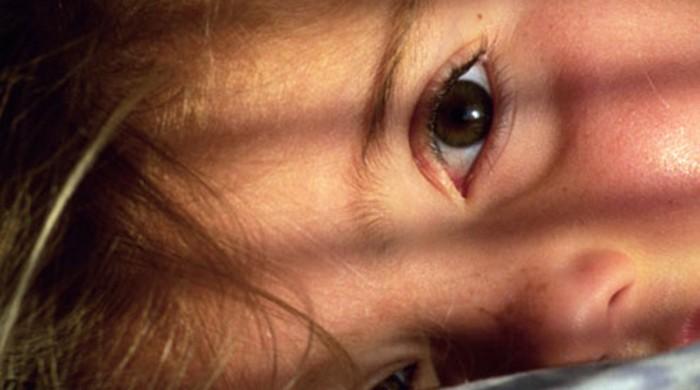
Preschoolers whose natural preference is for going to bed and waking up on the late side are more likely than their early-bird peers to have sleep problems, a recent study suggests.
Adults and teens with a late “chronotype,” or internal “body clock,” tend to stay up later and wake up later and to have more sleep problems than others, the researchers write in the journal Sleep Medicine.
“Sleep problems can start in early childhood and often persist across development. They have been associated with negative behavioral, cognitive, and emotional health consequences,” senior author Birit Broekman, a researcher with the Singapore Institute for Clinical Sciences, Agency for Science, Technology and Research, said in an email.
For adults and teens, sleep problems may arise if they need to wake up and go to school or work before their bodies are ready, Broekman noted, but little is known about how chronotype can contribute to sleep problems in very young children who have yet to be exposed to the formal education system and fixed school start times.
The new study shows that even by preschool age, children with evening chronotypes may be having sleep problems, Broekman said.
The researchers studied families in Singapore, focusing on 244 children who were all around 4 and a half years old. The mothers completed questionnaires that allowed researchers to categorize the kids as morning, intermediate or evening chronotypes.
In addition, the mothers reported kids’ sleep problems, including resisting bedtime, taking a long time to fall asleep, sleep anxiety, night waking, sleep walking, sleep-disordered breathing and other issues.
Researchers also used monitors to track sleep and wake times for 117 kids over four days, to validate the sleep diaries kept by their mothers.
Based on the chronotype profile questions, 25 children were judged to be morning types, 151 were intermediate types and 64 were evening types.
Average weekday bedtime for morning types was about 10 p.m. and wake up time about 7:30 a.m. Intermediate types tended to go to bed at about 10:45 p.m. ad wake up around 7:40 a.m. Evening types usually fell asleep around 11 p.m. and woke up just after 8:30 a.m.
After adjusting for ethnicity and other family factors, researchers found that children with evening chronotypes had more sleep problems than children with either morning or intermediate types.
“This suggests that chronotype could be a contributing factor to sleep disturbances in early childhood,” Broekman said. “This could potentially have a negative impact on daytime behavior and cognitive development, as remains to be tested.”
Chronotype is a very important concept that gets overlooked because most people may not be familiar with it, said Dr. Judith Owens, director of the Center for Pediatric Sleep Disorders at Boston Children’s Hospital, who wasn’t involved in the study.
"It has become more prominent in thinking about adolescent sleep because we know that many adolescents are evening chronotypes when they have a strong drive to fall asleep and wake up relatively later," Owens said.
While teens are often night owls, Owens said the usual thinking is that young children are more likely to be “'morning larks” who go to bed earlier and are the first ones to wake up.
The researchers found a lot more evening chronotypes in these children than previous studies have identified, Owens noted, and suggests that cultural influences could be important in that respect, as the study authors mention.
The most likely issue would be that evening-type children may not be able to fall asleep at the bedtimes set by their parents, which could result in bedtime resistance and struggle at the beginning of the night, she said.
Owens advises parents to be flexible if possible, allowing preschool kids to go to bed a little later and sleep on their preferred schedule.
And avoid screen exposure at night, Owens added. "That means television screens, computer screens, laptops, iPhones, iPads, e-readers. Anything that emits blue light is going to suppress melatonin release and delay that fall-asleep time even more.”




